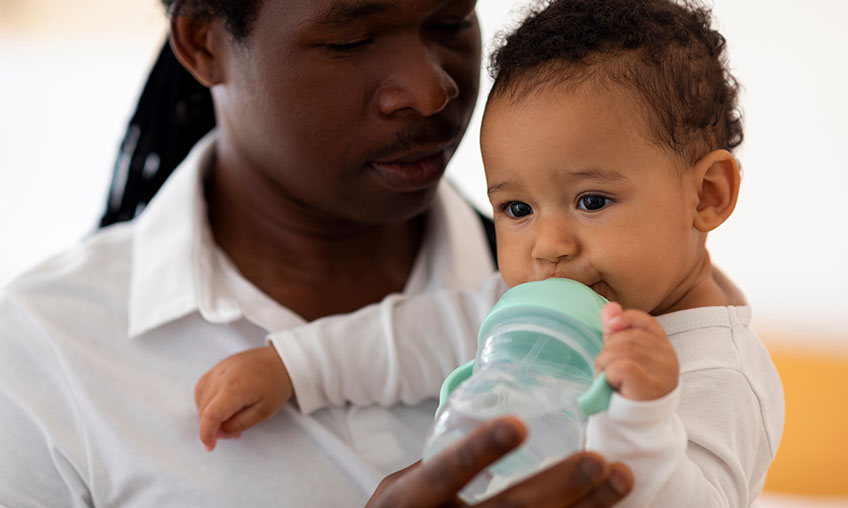Up until the late 1800s, black dentists were nearly unheard of. Black Americans had little to no access to proper dental care. Apprenticeships required to learn the trade were limited to white practitioners and most white dentists wouldn’t treat Black patients. When the first U.S. dental school opened in 1840, Black students were denied the opportunity to apply. African Americans were not accepted for training at any dental schools until 1867, when Harvard University accepted the first Black dental student as part of its first dental class.
The barriers to education prevented bright and capable Black applicants from pursuing dental careers. To this day, the racial mix of the dental workforce in the United States does not represent or reflect the U.S. population. According to the American Dental Association (ADA), 70.2% of all dentists are white, compared to just 3.8% who are Black, while the population stands at 60% and 12.4%, respectively.
Despite these barriers, early Black dental professionals became pioneers in the industry as a whole and paved the way for future generations of dentists. In honor of Black History Month, we are celebrating four of them.
1. Robert Tanner Freeman — The child of slaves, Dr. Robert T. Freeman emerged from poverty to become the first professionally trained Black dentist. He entered Harvard School of Dental Medicine in 1867, four years after the end of the Civil War, and was one of only six students to receive the degree of Doctor of Dental Medicine. Following his graduation, Freeman moved to Washington D.C. where he practiced dentistry and mentored Black youth who wanted to pursue careers in the field.
2. George Franklin Grant — Dr. George F. Grant enrolled in Harvard School of Dental Medicine shortly after Freeman and became the second Black American to earn the degree of Doctor of Dental Medicine. Upon graduating, he became Harvard University’s first Black faculty member and taught at the School of Mechanical Dentistry for 19 years.
3. Ida Gray Nelson Rollins — Growing up in a single-mother household, Dr. Ida Gray Nelson Rollins worked as a seamstress to support her family. Her career path shifted when she took a part-time job working for Dr. Jonathan Taft, the first dean of the University of Michigan School of Dentistry. Soon after beginning her job, Taft admitted Rollins to the University of Michigan School of Dentistry. In 1890, Rollins graduated as just one of three women in her class and became the first Black female dentist in the U.S.
4. Charles Edwin Bentley — Widely referred to as the father of the oral hygiene movement, Dr. Charles Edwin Bentley was dedicated to educating the public on the importance of oral hygiene and encouraging methods to prevent tooth decay. He understood the challenges of educating his community and believed the public school system was the ideal avenue to connect with all children — no matter their race, religion or socioeconomic status. His vision came to fruition in 1910, when the Illinois State Dental Society published a brochure of basic oral health facts entitled “The Care of the Mouth.”
While these four Black Americans left an enormous legacy in dentistry, there have been, and will be, many more.
As part of our commitment to improving the oral health of all, DentaQuest continues to invest and support programs dedicated to addressing racial inequities in the dental profession. DentaQuest previously announced a $100,000 investment in two university research projects, as well as a $30,000 investment in three university externship programs, all geared toward advancing a more diverse future for the nation’s oral health workforce.
 Preventistry Pulse Image
Preventistry Pulse Image
PREVENTISTRY PULSE
The newsletter designed for anyone who wants to improve oral health for themselves, their families, customers or communities.




